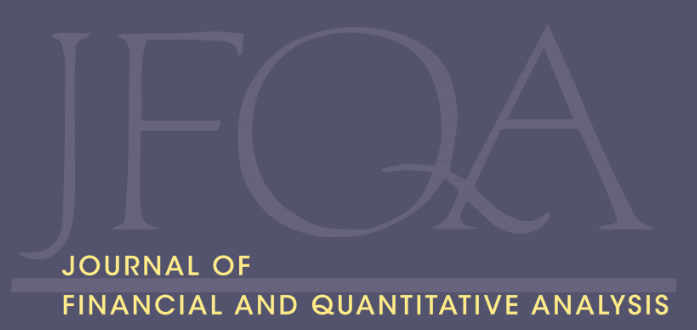Federal ID: 91-6001537
ISSN: 0022-1090 (Print) | 1756-6916 (Online)
Why Naive 1/N Diversification Is Not So Naive, and How to Beat It?
Ming Yuan and Guofu Zhou
♦ We show theoretically that the usual estimated investment strategies will not achieve the optimal Sharpe ratio when the dimensionality is high relative to sample size, and the 1/N rule is optimal in a one-factor model with diversifiable risks as dimensionality increases, which explains why it is difficult to beat the 1/N rule in practice. We also explore conditions under which it can be beaten, and find that we can outperform it by combining it with the estimated rules when N is small, and by combining it with anomalies or machine learning portfolios, conditional on the profitability of the latter, when N is large.
Read it here.
